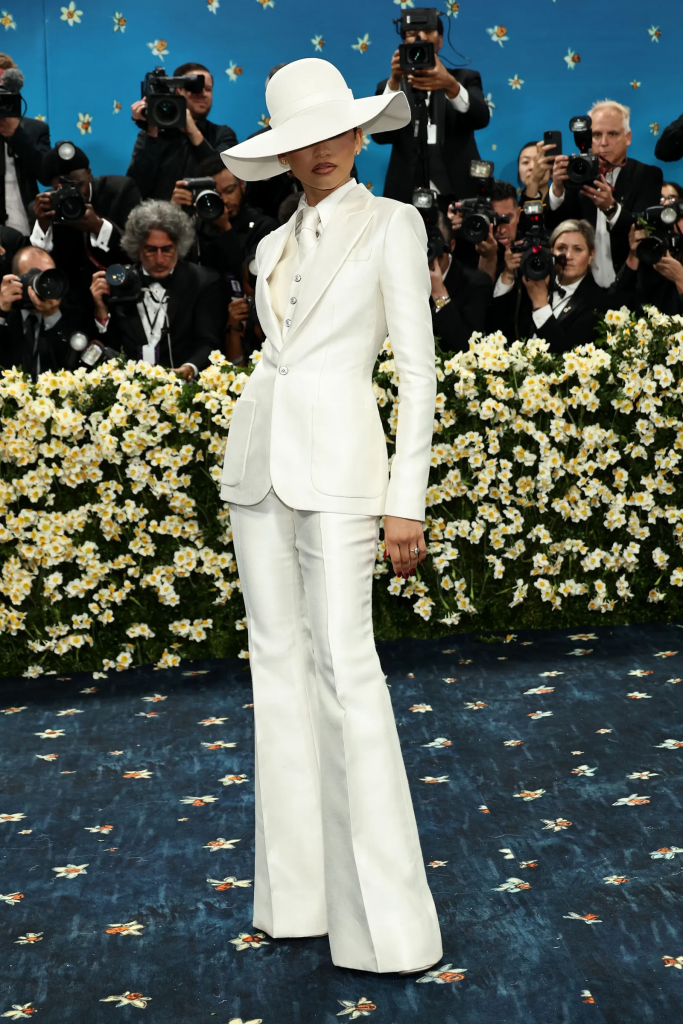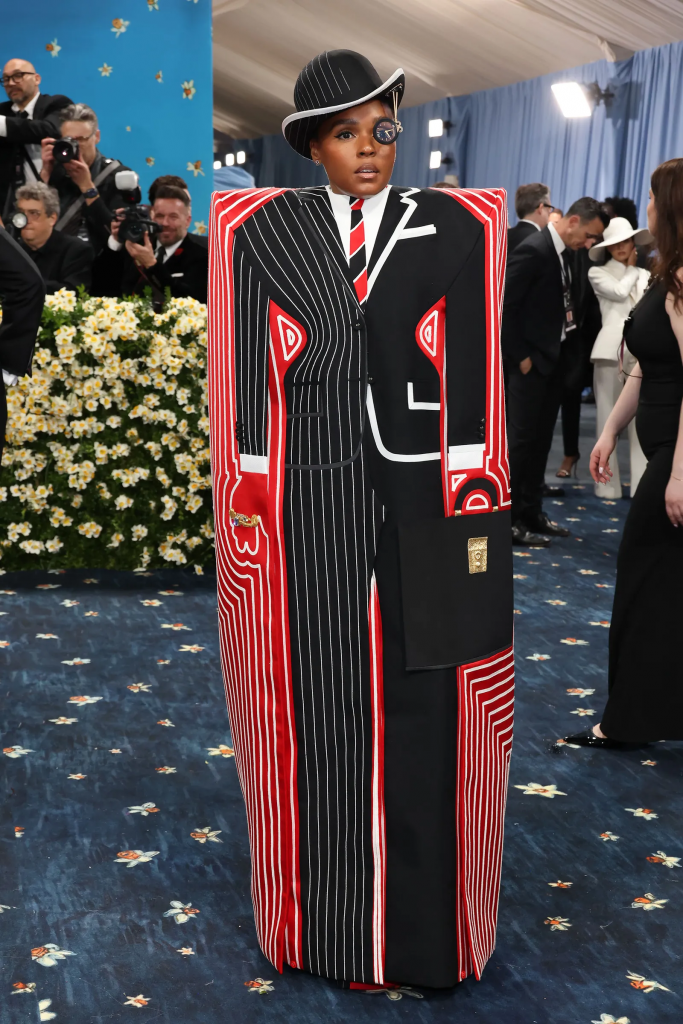As the first Monday of May approaches, the fashion world turns its gaze to New York City for the Met Gala 2025. This year’s event shines a long-overdue spotlight on Black style and menswear, combining high fashion, celebrity spectacle, and cultural tribute in a singular, star-studded night.
A celebration of black style and tailored expression
The Met Gala has long stood at the intersection of celebrity, fashion, and cultural commentary. This year, it takes a bold and meaningful turn with the theme “Superfine: Tailoring Black Style”—a nod to the Costume Institute’s latest exhibition and a celebration of Black influence on fashion throughout history. Inspired by Monica L. Miller’s groundbreaking 2009 book Slaves to Fashion: Black Dandyism and the Styling of Black Diasporic Identity, the 2025 Gala foregrounds Black elegance, creativity, and the evolution of menswear.

For the first time in over two decades, menswear takes center stage. The dress code—“Tailored for You”—invites guests to explore the artistry of suiting and the cultural richness of personal style. From sharply cut tuxedos to elaborate Afro-futuristic garments, expect the red carpet to become a visual manifesto on the enduring legacy of Black fashion, spanning centuries and continents. Gala committee member and performer Usher emphasized, “The theme this year is not only timely but also speaks to our rich culture that should always be widely celebrated.”
Star power and cultural icons take the helm
As always, the Gala’s guest list is a constellation of Hollywood’s elite, music industry icons, fashion powerhouses, and artists. Steering the event this year is longtime Vogue editor and Met Gala mainstay Anna Wintour, joined by an impressive roster of co-chairs: musician and designer Pharrell Williams, Formula 1 superstar Lewis Hamilton, actor Colman Domingo, rapper A$AP Rocky, and basketball legend LeBron James.
This diverse leadership reflects the event’s deeper purpose in 2025: not just to dazzle, but to amplify Black voices and talents. The host committee includes luminaries across a range of fields—Simone Biles, Spike Lee, Ayo Edebiri, Doechii, Tyla, Janelle Monáe, André 3000, Chimamanda Ngozi Adichie, and Jeremy O. Harris—each bringing their own perspective on culture, style, and identity to the table.
The Gala’s underlying mission remains philanthropic. Proceeds from the event support the Metropolitan Museum of Art’s Costume Institute, preserving and presenting the art of fashion for future generations. Tickets reportedly cost $75,000 each, with tables going for as much as $350,000—yet attendance remains by invitation only, reinforcing the exclusivity of fashion’s most coveted evening.
A night of glamour, culture, and global attention
Held annually on the first Monday in May, the 2025 Met Gala falls on May 5. By 6:00 p.m. EST, the museum’s iconic staircase will become the runway for some of the world’s most famous figures, clad in bespoke ensembles crafted by top designers. While the main event—dinner, performances, and a private viewing of the Costume Institute exhibition—is off-limits to the public, the red carpet is a spectacle broadcast across the globe.

For those not among the 450 invited guests, there are still plenty of ways to take part. Vogue will livestream the red carpet on YouTube and other platforms, while U.S. viewers can tune in via Peacock and E! Online. News outlets from the BBC to Instagram influencers will cover every arrival, every outfit, and every glittering detail. In the UK and beyond, waking up the next morning to a flood of headlines and highlights has become a Met Gala tradition of its own.
Behind the glamour: Art, identity, and impact
Beyond the couture gowns and custom tuxedos lies a deeper significance. This year’s Met Gala doesn’t just acknowledge Black style—it honors its role in shaping global fashion. From 18th-century tailoring traditions to contemporary streetwear, the exhibition showcases how Black individuals have used fashion to express identity, resist oppression, and redefine beauty standards.
The lens of “Black dandyism” serves as a powerful frame for this exploration. It challenges dominant narratives in fashion history and affirms the central role of Black creatives and thinkers. By placing menswear at the forefront, the Gala also disrupts traditional gendered expectations of fashion on the red carpet—encouraging both male and female attendees to reimagine tailoring and masculinity.

As always, the Met Gala exists in a space where pop culture meets artistic intent. But in 2025, it does more than just set trends—it tells a story, gives credit where it’s long overdue, and uses its platform to shine a spotlight on the beauty, resilience, and innovation of Black style.
In the end, the Met Gala remains a paradox: impossibly exclusive, yet globally influential.
And as Tuesday’s headlines roll in, the lasting impact of Met Gala 2025 may not just be the looks we loved—but the voices and visions it finally placed center stage.





